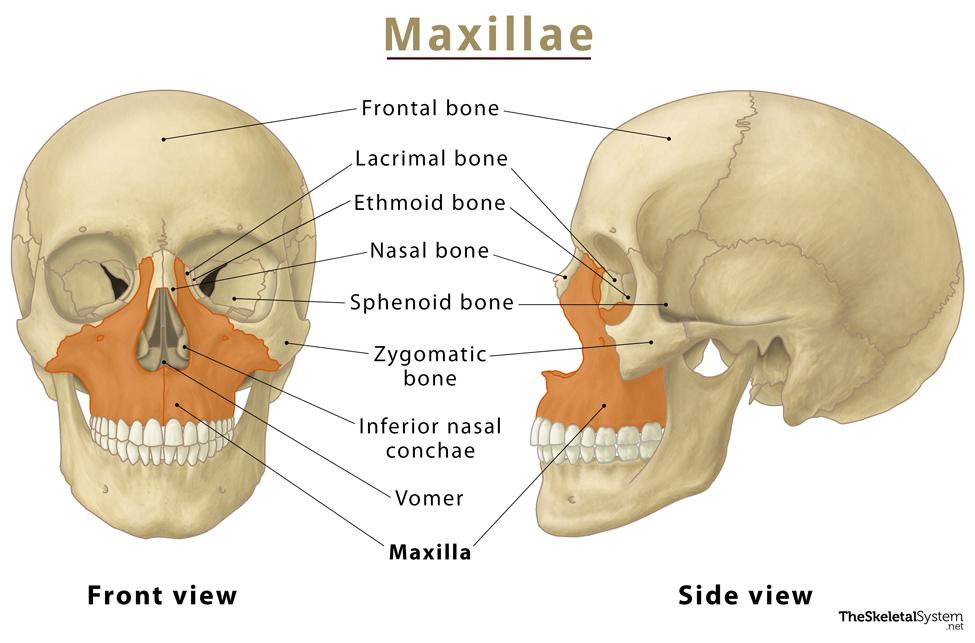Continuing the textbook lesson in the previous blog, let’s aestheticize the world of beauty and its magnificent, marvelous, mathematical nature.
Just as math can reveal the elegance of equations, beauty can be uncovered through the harmony of features and aesthetics. Creating symmetrical eyebrows, perfectly balanced eyeshadow, or even getting veneers requires an understanding of symmetry, much like how symmetry plays a role in mathematics.
I know I said in the past beauty is a science – the title of this blog is The Science of Beauty – but what if we think about beauty as physics? Physics effectively functions as a math class hidden in the guise of residing in the science course category. The same with beauty. Containing both aspects of science and math, beauty can be both simple and complex, with forms of beauty arising from simplicity and elegance or intricate details and complexity.
I would write a transition pun here, but I cannot make up one (ha ha ha).
But on a serious note, do you remember the trends on TikTok that tested facial symmetry by inverting its users’ faces?
@katmazhimself Like a completely different person… #symmetry #notsymmetrical
These trends (seemingly harmless) caused shockwaves to ripple through the masses. Many found themselves shocked with the revelation their faces were not symmetrical. Even more astonishing, people were flabbergasted that they looked a little strange or “off.” They were confused by their faces having inconsistencies. But why?
Every person has some imperfections and unsymmetrical features as that is what makes us human. So why are we so put off by the filter creating a face that is, in essence, symmetrical?
Facial harmony.
Facial harmony is essentially composed of two parts: symmetry and proportions. In addition to the filter uncovering the true nature of one’s facial symmetry, it also reveals potential concerns for their facial proportions.

Two major ways to measure facial proportions include using horizontal thirds and vertical fifths. I will only focus on the horizontal thirds, or facial thirds, as they have the greatest effect on how others perceive your face. Additionally, the thirds of the face are the hardest proportions to manipulate using illusion.
As stated in the previous blog, facial thirds are split into three equal sections: your forehead, your eyes and nose, and your mouth and jawline. The optimal face would have these sections being at a ratio of 1:1:1 as a deviation from this number could signal to others that there is an underlying health issue.
A common health issue associated with the middle facial third is a recessed maxilla.

This singular bone determines the layout of the other facial features. A recessed maxilla will lead to a recessed jawline, sunken eyes, crowded teeth, and so much more, all of which are undesirable traits concerning the portrayal of good health.
This is just one example of how a singular deviation from the common beauty standard can be detrimental to the overall appearance of one’s face.
Although I aim to improve your knowledge of the objectivity of beauty, it is necessary to note there are always exceptions to these standards. Bella Hadid and Angelina Jolie are equally as beautiful and respected as any other celebrity with their longer midfaces, so embrace your unique qualities (remember everyone has “imperfections”).

